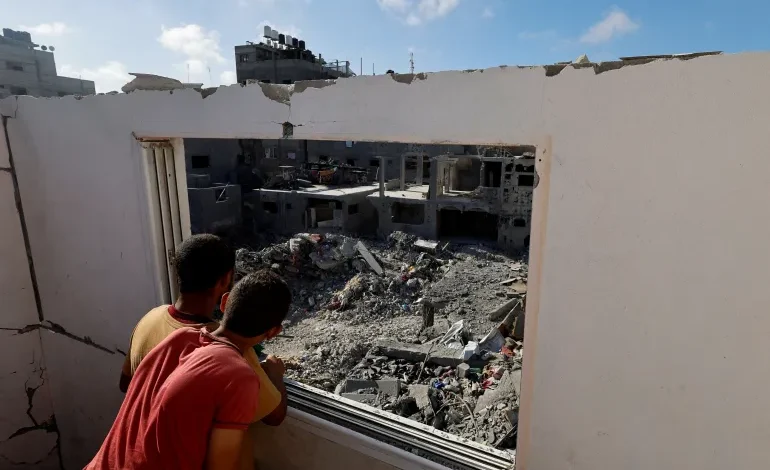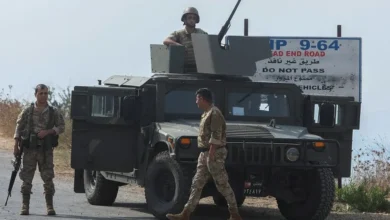Israel-Gaza war ‘devastating’ Palestine economy, UN warns

The socioeconomic “shock” of the Israel-Gaza war will force hundreds of thousands of Palestinians into poverty, a United Nations report on the conflict’s possible long-term effects on Gaza and the occupied West Bank warned.
As the war passed the one-month mark this week, poverty had increased by 20 percent and gross domestic product declined by 4.2 percent, according to the report released by the UN Development Programme and the UN Economic and Social Commission for Western Asia (ESCWA).
The level of economic impact outstrips that of the conflicts Syria and Ukraine, or any previous Israel-Palestine war, the agencies said.
At least 10,800 Palestinians have been killed in Gaza and more than two-thirds of the 2.3 million population have fled their homes since Israel blockaded the enclave and unleashed a campaign of air strikes and a ground assault. At least 182 Palestinians have been killed and more than 2,250 injured as violence spreads across the West Bank.
Should the war persist for a second month, the UN projects that Palestinian GDP, which previously totalled $20.4bn annually, will drop by $1.7bn, or 8.4 percent.
The economy is likely to shrink by 12 percent, with losses of $2.5bn and more than 660,000 people pushed into poverty, if the conflict stretches into a third month, the report projects.
UN Development Programme Assistant Secretary-General Abdallah al-Dardari told a news conference that a 12 percent GDP loss at the end of the year would be “massive and unprecedented”.
By comparison, he said, the Syrian economy used to lose 1 percent of its GDP per month at the height of its conflict, and it took a year and a half of fighting for Ukraine to lose 30 percent of its GDP, an average of about 1.6 percent a month.
At the beginning of 2023, the Palestinian territories – the West Bank and Gaza – were considered a lower middle-income economy with a poverty level of $6 per day per person, UN ESCWA Executive Secretary Rola Dashti said.
In January, Gaza was already grappling with high unemployment of about 46 percent, three and a half times higher than the West Bank’s 13 percent, the report said. Four weeks of war have destroyed some 390,000 jobs.“As the war hits the one-month mark, 61 percent of employment in Gaza, equivalent to 182,000 jobs, is estimated to have been lost,” it said.
‘Unimaginable’ destruction
About 24 percent of employment in the West Bank has also been lost, equivalent to 208,000 jobs, according to the report.
Al-Dardari pointed to massive economic disruption in the occupied territory’s agriculture and tourism sectors. In addition, he said, there are major disruptions to trade, to the transfer of money from Israel to the Palestinian Authority, which controls the West Bank, and a lack of investment.
Dashti, from the ESCWA, called the level of destruction in Gaza “unimaginable and unprecedented”.
“As of November 3, it is estimated that 35,000 housing units have been totally demolished and about 220,000 units are partially damaged,” she said. The report said at least 45 percent of Gaza’s housing units have been destroyed or damaged.
If this persists, the majority of Gaza residents will have no homes, and even if the fighting ended now there will be massive long-term displacement, “with all its humanitarian economic development and security consequences,” al-Dardari said.
Satellite images show that in the governorates of north Gaza and Gaza City, more than 36 percent of greenhouses were destroyed or damaged, and more than 1,000 fields have been damaged, the report says.
“We have to recognise that the consequence of what is happening right now is literally a development crisis for years to come,” UNDP administrator Achim Steiner told AFP news agency.
“In our most conservative scenario, this conflict is likely to set back development (in the Palestinian territories) by well over a decade,” he added.In the most pessimistic outlook, the human development index – which measures life expectancy, education and standard of living – could roll back to 2007 levels, the UN assessment said.











